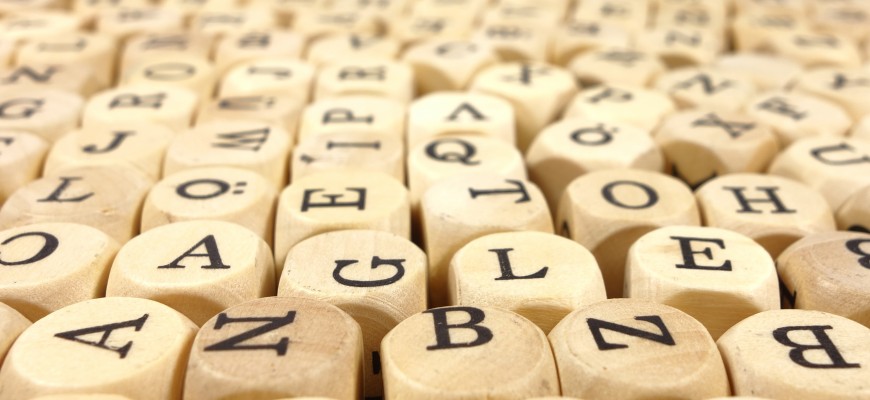Hi everyone. It’s Liz Dunoon.
Today I’m going to be showing you how to teach your child to read using phonics and the 26 consonant sounds and how you can use this information to teach your child to read from home.
My three children all experienced learning difficulties when they were younger and I helped them to catch up at school and have great success. As a qualified teacher who specialises in literacy and learning difficulties, I have since helped 100’s of children to learn to read and spell from home.
What are the 26 consonant sounds? Well… consonant are all those letters in the English language that are not vowels.
Here they are;
B C D F G H J K L M N P
Q R S T V W X Y Z
There are 21 consonants in the English language and 26 consonant sounds.
Linguists put these sounds into groups based on the way that we pronounce them
Plosives – Are like a little stop or explosion “puh”, “buh”, “tuh”, “duh”,
“cuh” & “guh”.
Nasals – Are made through the nose “nnn”, “mmm”, “ng’. You can’t say nasals if your nose is blocked. This makes talking difficult when you have a head cold.
Affricates – are a stop with a vibration – “ch”, “juh”.
Lateral – Air flows past the tongue – “lll”.
Glides – Go smoothly from one sound to another – “rrr” “wuh” “yuh”& “huh”
And consonant combinations are just that… a combination
of sounds – “ks” “gz”.
Fricatives are vibrations – “thhh” “th” “sss” “zzz” “shh” “zh” “fff” “vvv”.
Now let me give you a word for each to explain them further.
Plosive sounds first.
“Puh” for pen
“Buh” for bat
“Tuh” for tap
“Duh” for dog
“Cuh” for cat
“Guh” for gate
Now nasal sounds.
“Nnn” for net
“Mmm” for man
“Ng” for the ng in swing
Next is affricates with a stop and vibration.
“Ch” for chain
“Juh” for jump
The lateral sound is
“Lll” for lemon
Glides are the consonant sounds that move slowly from one sound to another.
“Rrr” for rabbit
“Wuh” for web
“Yuh” for yo-yo
“Huh” for hat
Consonant sound combinations are…
“Ks” for six
“Gz” for exam
And last, but not least, are fricative consonant sounds
“Thhh” for thongs
“Th” for third
“Sss” for sun
“Zzz’” for zip
“Shh” for ship
“Zh” for the ‘su‘ in measure
“Fff” for fox
“Vvv” for skivvy
That is the 26 consonant sounds of the English language. It is important to start by teaching your child the 26 letters of the English alphabet but then get straight into teaching the sounds that they can make in words.
If you like this video, make sure you subscribe to my YouTube channel right now, just click on the subscribe button here.

If you want more information on how to teach your child to read and spell and find out how to access posters that show all this information along with many more educational resources to help your child catch up at school fast…
Join me on my free webinar by clicking here.

Now it’s your turn. Can you tell me which sound for ‘th’ is used in these words the ‘soft’ sound or the ‘hard’ sound? Say them out loud to help you – thistle, this, there, & thermometer.
In the next blog post and video – Video 5 – I’ll be covering…
and the 20 vowel sounds.
Liz Dunoon




















Pingback: How to teach your child to read using phonics and the 20 vowel sounds - Dyslexia Daily Blog
Pingback: How to teach your child to read using phonics and the 20 vowel sounds – Speech To Spelling Code